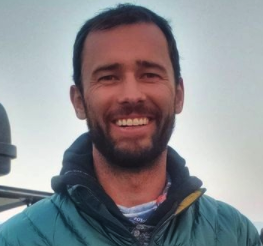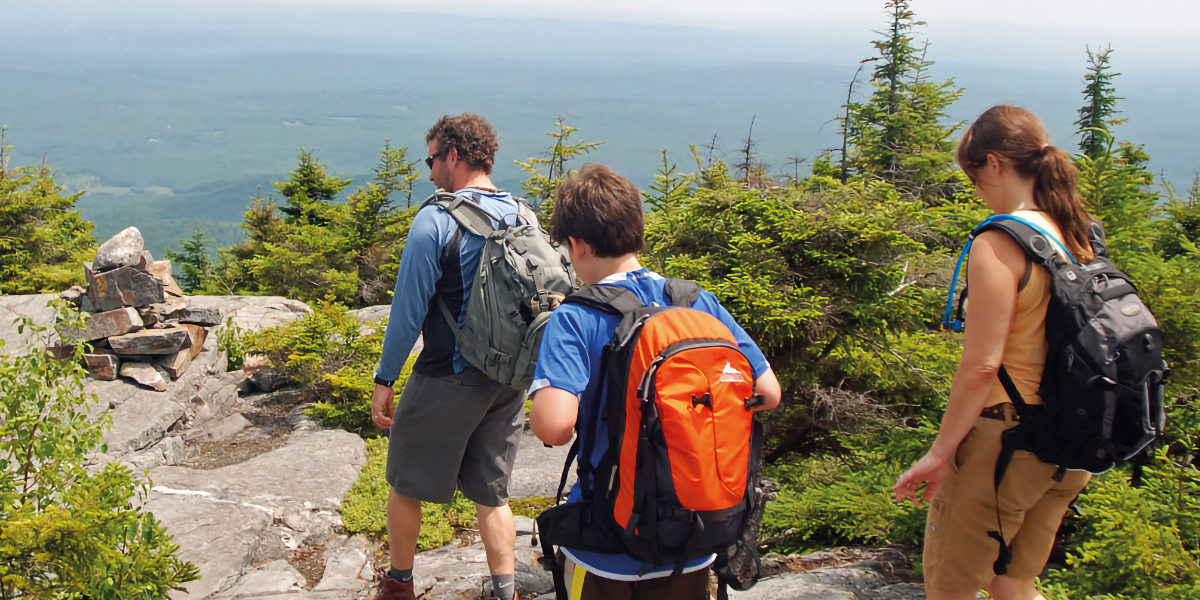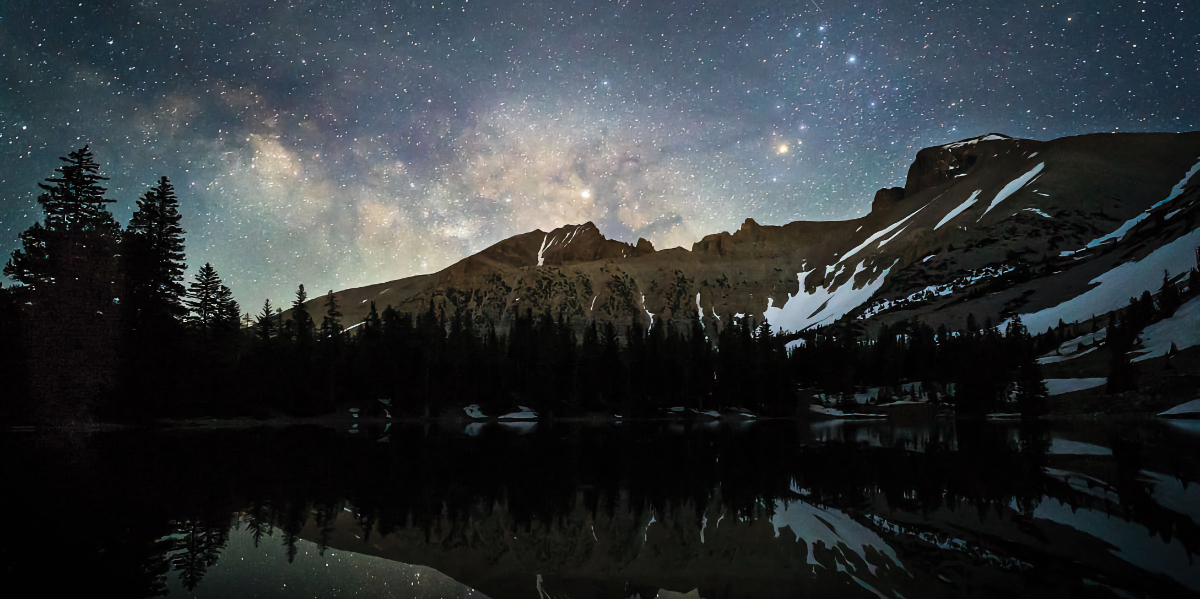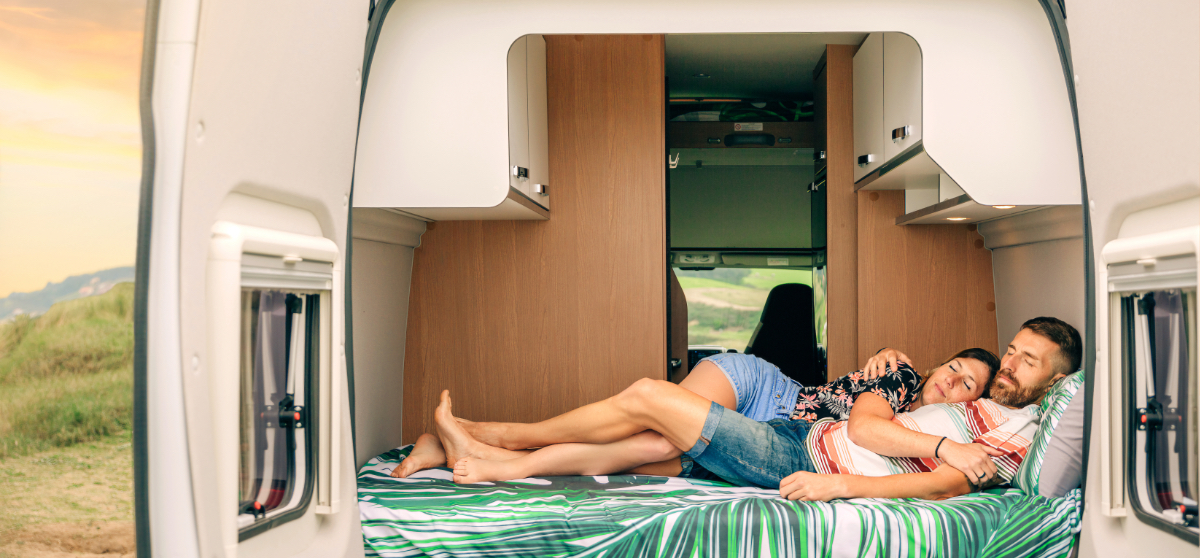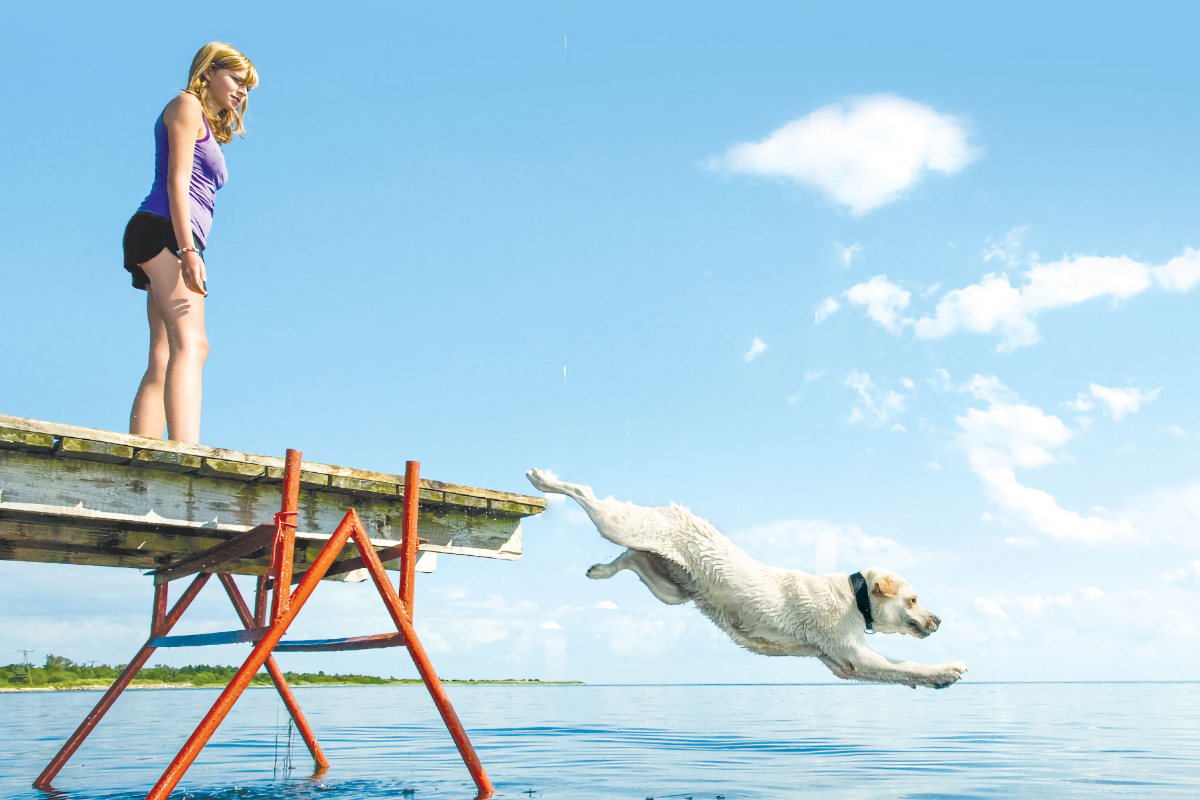10 Things I Learned Traveling Alone in a Truck Camper for 365 Days
Living and Working on the Road as a Writer
Image Caption: Sunset at Hazelton Recreation Area in North Dakota Photo by Tucker Ballister
I’d been envisioning a solo road trip around the country since I became a freelance writer in 2014—Call it a dream, or a life goal, or a bucket list item. I’ve been a supporting cast member on several previous cross-country adventures with friends and family, but traveling alone and stepping into a leading role is different.
That’s especially true when you’re traveling alone…and driving nearly 20,000 miles. If you’re an experienced solo traveler or you’re considering your own solo adventure, I hope you can appreciate these lessons I learned traveling alone in a truck camper.
I know they’ll be with me for the rest of my life, but my question for you is: what will you learn on your journey?
A Quick Trip Overview
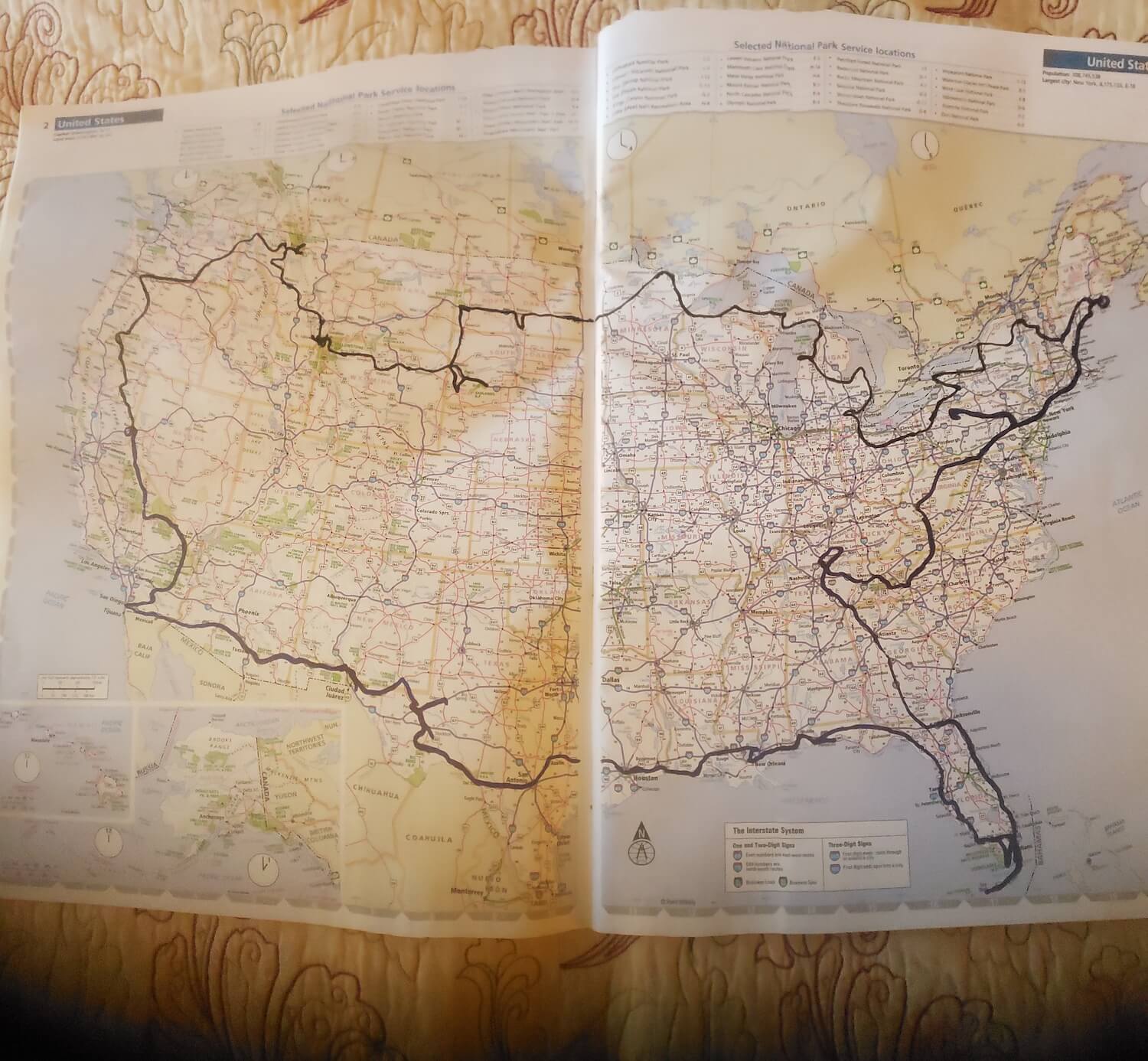
Photo by Tucker Ballister
Initially, my intention wasn’t to stay on the road for a full year. It just worked out that way. I started from my hometown (Truckee, California) in October 2020, and a year later I was back. In that time, I visited family in San Diego, Texas, Tennessee, and Pennsylvania. The rest of the time, I really was traveling alone.
Here are some quick road trip stats:
Total Mileage Driven: ~19,200 miles
Average Fuel Economy: 16.8 mpg
States Visited: 35
National Parks Visited: 19
Campgrounds Visited: 64
Paddle Days: 23
Hike Days: 22
*Times I Needed Good Sam Roadside Assistance: 0
*Though I’m grateful I avoided tire blowouts and vehicle breakdowns, I appreciated knowing that help was only a phone call away.
What Did I Learn Traveling Alone in a Truck Camper?
I kept a journal and recorded insights on my camping setup, campground choices, life lessons, and anything else I felt noteworthy. Picking only ten insights is admittedly tough because, well, I learned a ton.
Some were seemingly small moments or tiny turning points. At times, I was unaware of the impact they had until I was well down the road.
Lesson 1: You’ll Never Regret Double-Checking
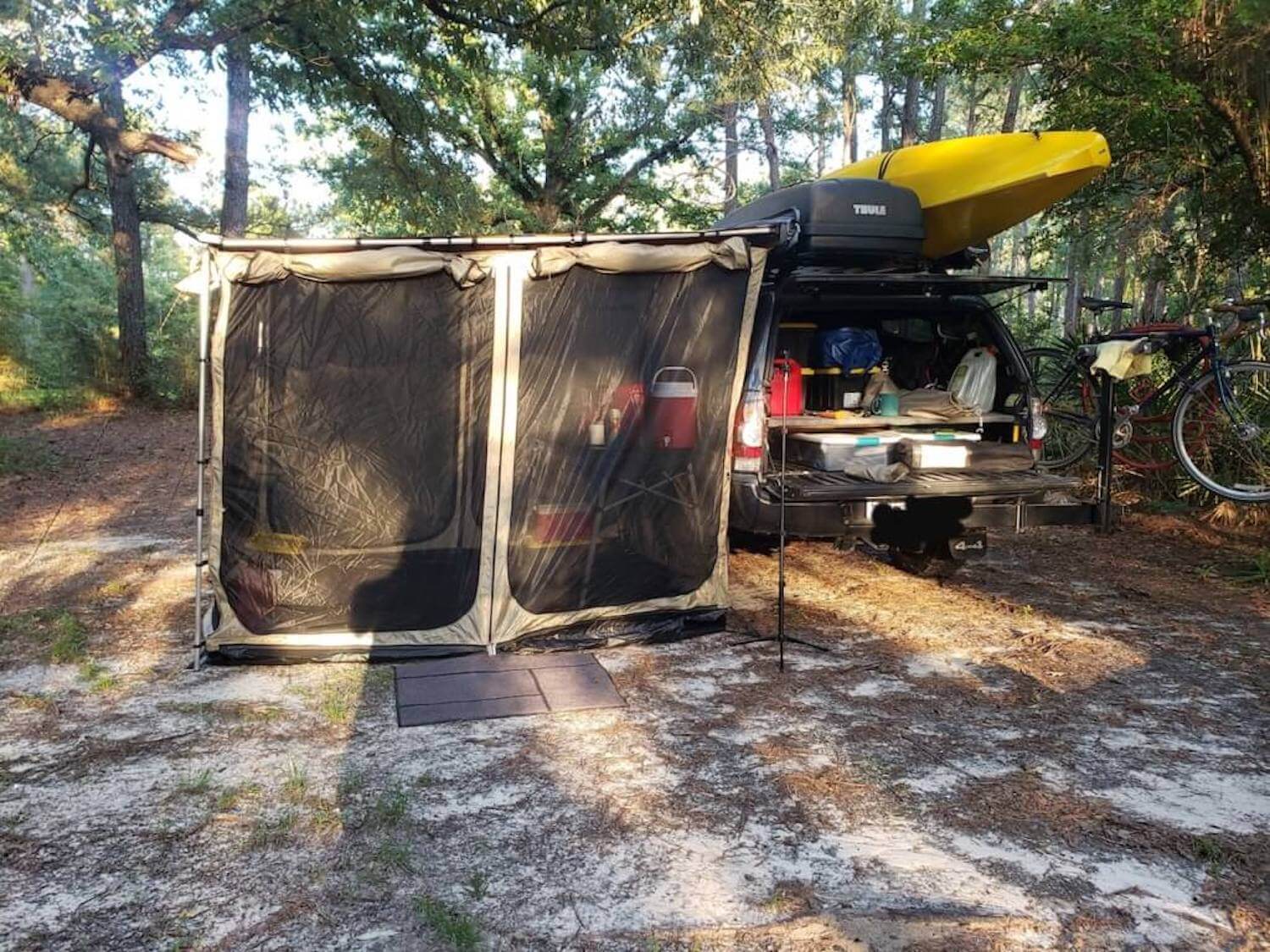
ARB Awning and Screen Room Photo by Tucker Ballister
My first stop on the leg from Texas to Florida was Lake Somerville State Park. I went for an evening paddle and packed my kayak up afterward. The next day, I hit the road. An hour later, I stopped for breakfast at a roadside coffee shop.
As I walked around the side of my truck, I saw the rear hatch cover hanging off my kayak. Surprisingly, the dry bags and wet shoes stayed put, but my locking straps were missing.
I closed the hatch cover, carefully this time, and headed back down the road. I drove all the way back to the park without any sign of the straps. They hadn’t fallen out and been turned into the office either.
So I retraced my path to the coffee shop and, eventually, spotted a strap lying on the side of the highway. I pulled over and inspected the damage. The strap was intact, but the locking mechanism was mangled beyond repair.
Kayak hatch covers don’t always stay closed when you’re hurtling down the highway. I lost a good set of locking kayak straps to learn that lesson.
I was very careful to double-check those kayak hatch covers after that. In fact, I got into a habit of double-checking my entire setup, even if it meant pulling over five minutes down the road because I forgot to do so earlier.
When you’re traveling alone, going back for forgotten items is often impossible. It’s not like getting home after a trip to the convenience store and realizing you forgot your wallet. Sometimes, I’d be hours down the road and have a momentary panic attack wondering if I’d forgotten something. I didn’t have someone there to double-check my work.
All in all, I’m glad I learned this lesson so early in my trip. Other than a misplaced toiletry bag in Montana, I didn’t forget or lose anything else the rest of my journey.
Lesson 2: Site Selection is Key
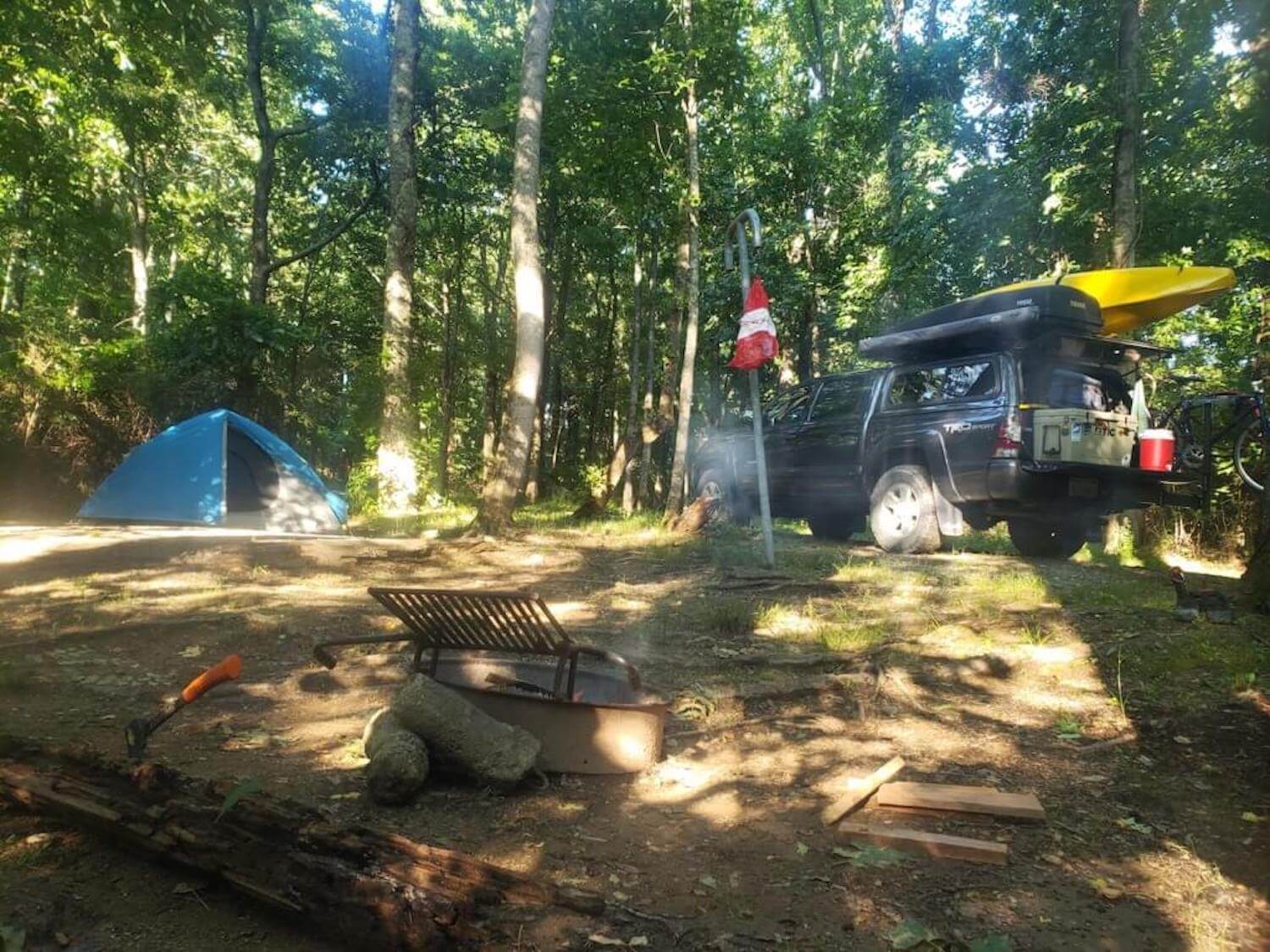
Site #5 at Campfire Lodgings in North Carolina Photo by Tucker Ballister
I chose a lot of campsites traveling alone for a year. Some were off-grid and others were in developed campgrounds.
In many ways, all campsites look the same. In some key ways, however, each campsite can be very different. For instance—neighbors. Your campsite neighbors can impact your experience.
More importantly, some sites face north, south, east, or west. Some are shaded by nearby trees in the morning and others get shade in the afternoon. Some offer a buffer against high winds and some are out in the wide open.
During my time in the Everglades, I realized considering my alignment for sun or shade throughout the day was vital. With my awning on the driver’s side and the RoadShower opposite it, alignment mattered for shade and for heating up shower water.
That’s why I eventually got into the habit of asking camp hosts if I could drive through and check out available sites before making a selection. If you’re booking in advance, of course, this is tough. Not all campground maps make it easy to assess everything about a particular site.
It didn’t always work, but I certainly learned that it never hurts to ask the camp host about changing sites if you’re not happy with your initial selection.
Lesson 3: Staying Longer Leads To More Connections
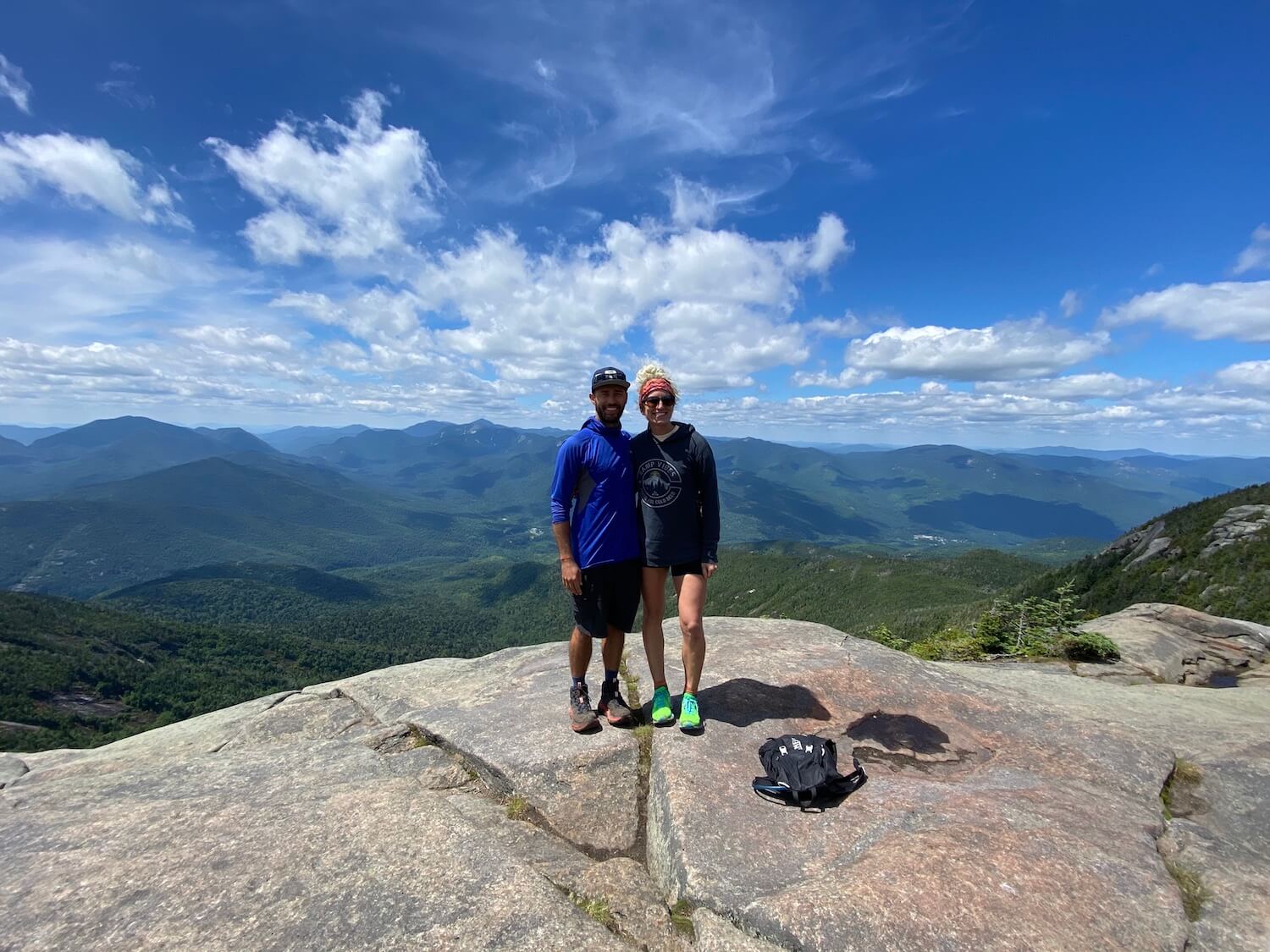
Standing Atop Giant Mountain in New York Photo by Tucker Ballister
For the first few weeks, I camped in a different place every night. I’d wake, make coffee, pack up, find a coffee shop, work, drive some more, and find a new place to camp. That ultimately became exhausting.
Plus, I felt like I was spending most of my time behind the wheel, which wasn’t my intent. So, I eventually found sites where I could remain camped for at least three or four days during the week.
That made work easier while still leaving plenty of time to explore and recreate on the weekends. It also led to meeting more campground neighbors. Ultimately, I learned that staying longer in locations provides more opportunities to make personal connections.
Some connections simply resulted in an enjoyable chat around a campfire. Others led to more comfortable places to stay or new recommendations for places to visit on the road ahead. The best led to fun days like this one hiking in upstate New York.
All of them kindled my need for human interaction. And all of them were made possible because I allowed myself to slow down.
Lesson 4: Earlier Starts = Relaxed Afternoons
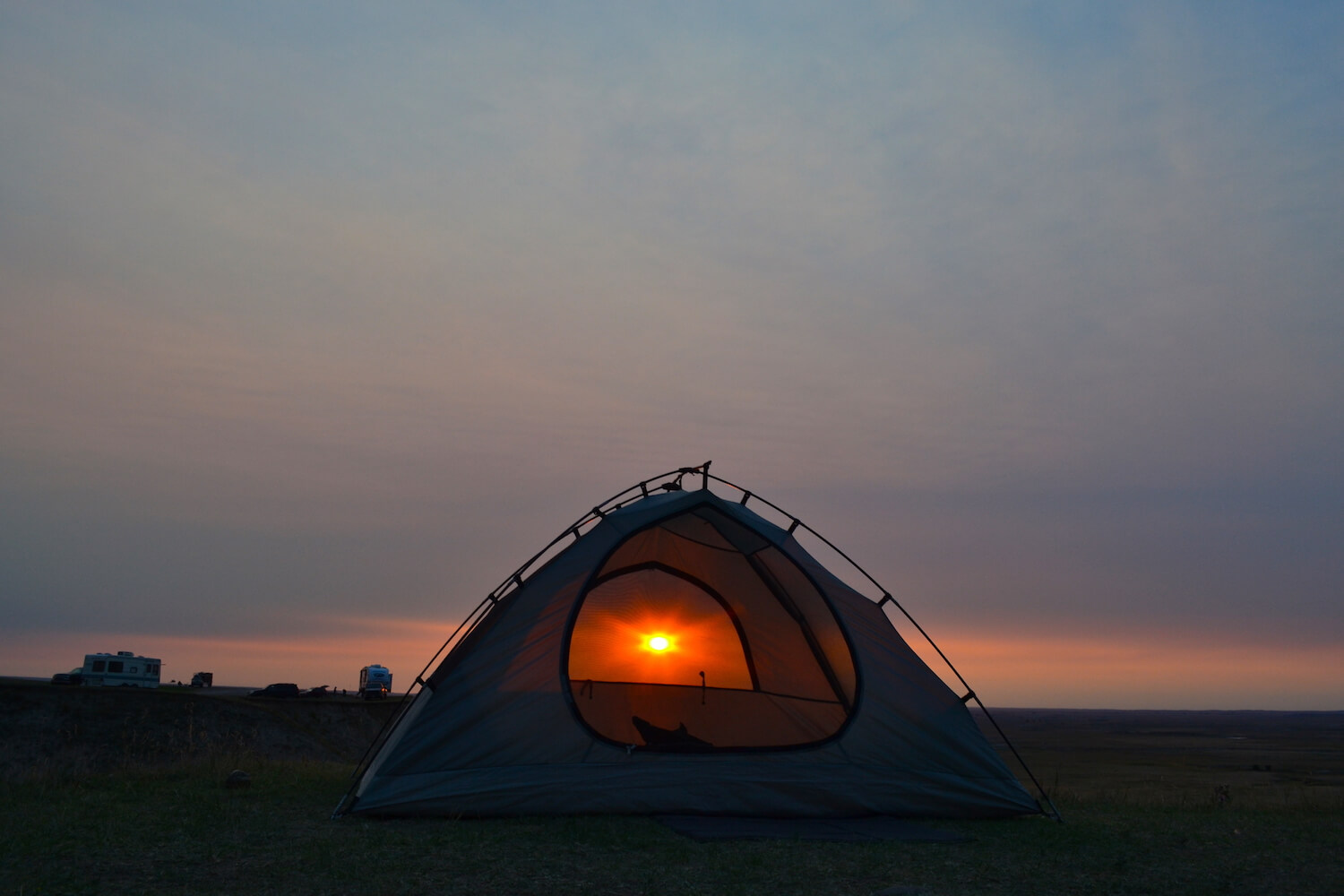
Sunrise over the Badlands in South Dakota Photo by Tucker Ballister
I’m not typically one to sleep in, but I found that even setting up and breaking down camp every day required more time than expected. My setup was fairly minimal, but it still took about an hour to brew coffee, break down and store my tent and other gear, and scarf down a reasonable breakfast.
Still, I found that earlier starts lead to more relaxed afternoons more often than not. As the summer progressed, this was less of an issue as I had more daylight to work with.
When I started in October, the sun was setting around 5 p.m. Unless I wanted to set up camp and make dinner in the dark, I had to find a campsite by 4 p.m., at the latest.
Without a doubt, it’s much easier to get an early start when the weather is warm and dry. Crawling out of your warm sleeping bag when it’s cold and raining is not nearly as enjoyable, no matter how beautiful that sunrise is outside.
By the time I was exploring the north country, brewing coffee and heading straight for a warm shower was my preferred remedy for cold mornings. Or maybe the thought of a roaring campfire is enough to remind you that warmth, even if a few hours off, is in your future!
Lesson 5: Having Minimal Phone Service Can Be Healthy…Or Not
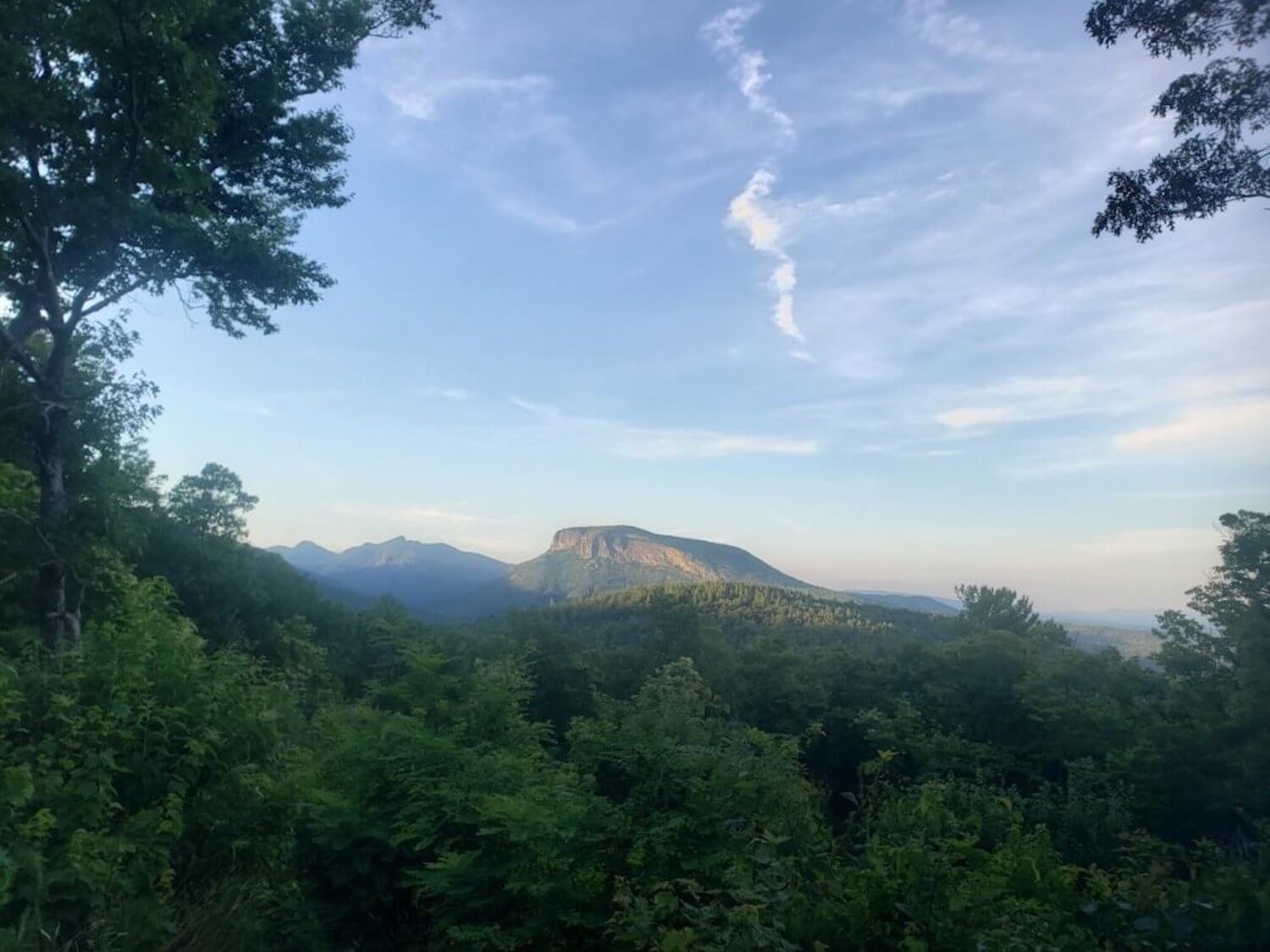
Table Rock near Linville Gorge Photo by Tucker Ballister
It’s funny how our perspective shifts based on our surroundings. When I go backpacking at home, for example, I can’t wait to put my phone on airplane mode and disconnect.
Traveling alone and living on the road full-time is a different matter. In the evenings, I often desired chats with friends or family members but didn’t always have reliable cell service at my campsites.
This forced me into the isolation I thought I wanted, but I experienced a lot of resistance. In time, I shied away from boondocking spots in favor of developed campgrounds with better service.
I got plenty of side-eyed glances when sitting at a campground picnic table working on my laptop for several hours. “You came all the way out here to sit on your computer,” one lady said to me.
‘Am I doing it wrong,’ I thought to myself. But I figured most of my fellow campers were on vacation. I was living a full-time nomadic lifestyle. So, by the time I was adventuring in New England, I had embraced the odd glances and questioning stares.
Still, I made sure to carve time out each week to camp in at least one more remote location. In doing so, I was reminded that having minimal phone service provides a forced disconnect from technology and that disconnect can be extremely healthy. In fact, it can allow us to more easily reconnect to the natural world.
Lesson 6: It’s Okay to Take a Chill Day
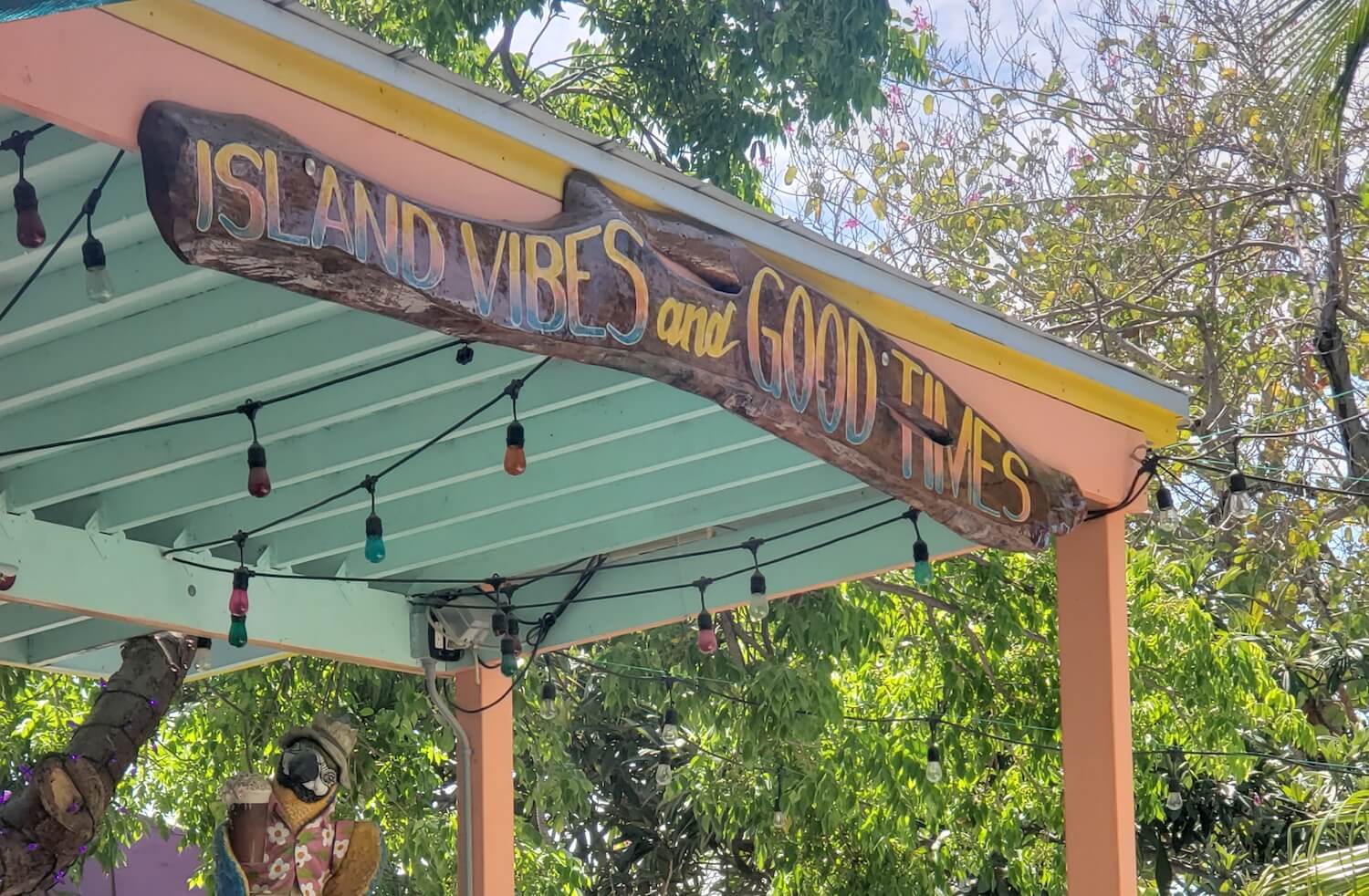
Sign at Florida Keys Brewing Company Photo by Tucker Ballister
The trouble with traveling alone and working on the road is that it gets in the way of exploring. Every time I reached a new destination, I wanted to find the nearest trailhead for a hike or boat ramp to launch my kayak.
Sometimes, I had to subdue those desires and head straight for the public library to work. That definitely lessened my “adventure vibe” a bit. Balancing work and play is part of life in general for most, but it felt more difficult when I was always in new, unexplored territory.
If I wasn’t working, I packed the days full of adventure because I knew my time in each destination was limited. At times, that led to burnout and a severe lack of productivity when I did try to work.
I learned to be more mindful about taking chill days to rest and recharge. In early June, at a point at which I had been pushing myself pretty hard, I wrote this to myself:
It’s okay to take a chill day. You don’t have to pack as many things as possible into each day.
In fact, I learned that it’s sometimes healthy to relax and let things come to me—it’s not in my nature. But we all move through life in unique ways, and sometimes it’s good to adopt a different approach, even if only temporarily.
Lesson 7: Check The Weather Early and Often
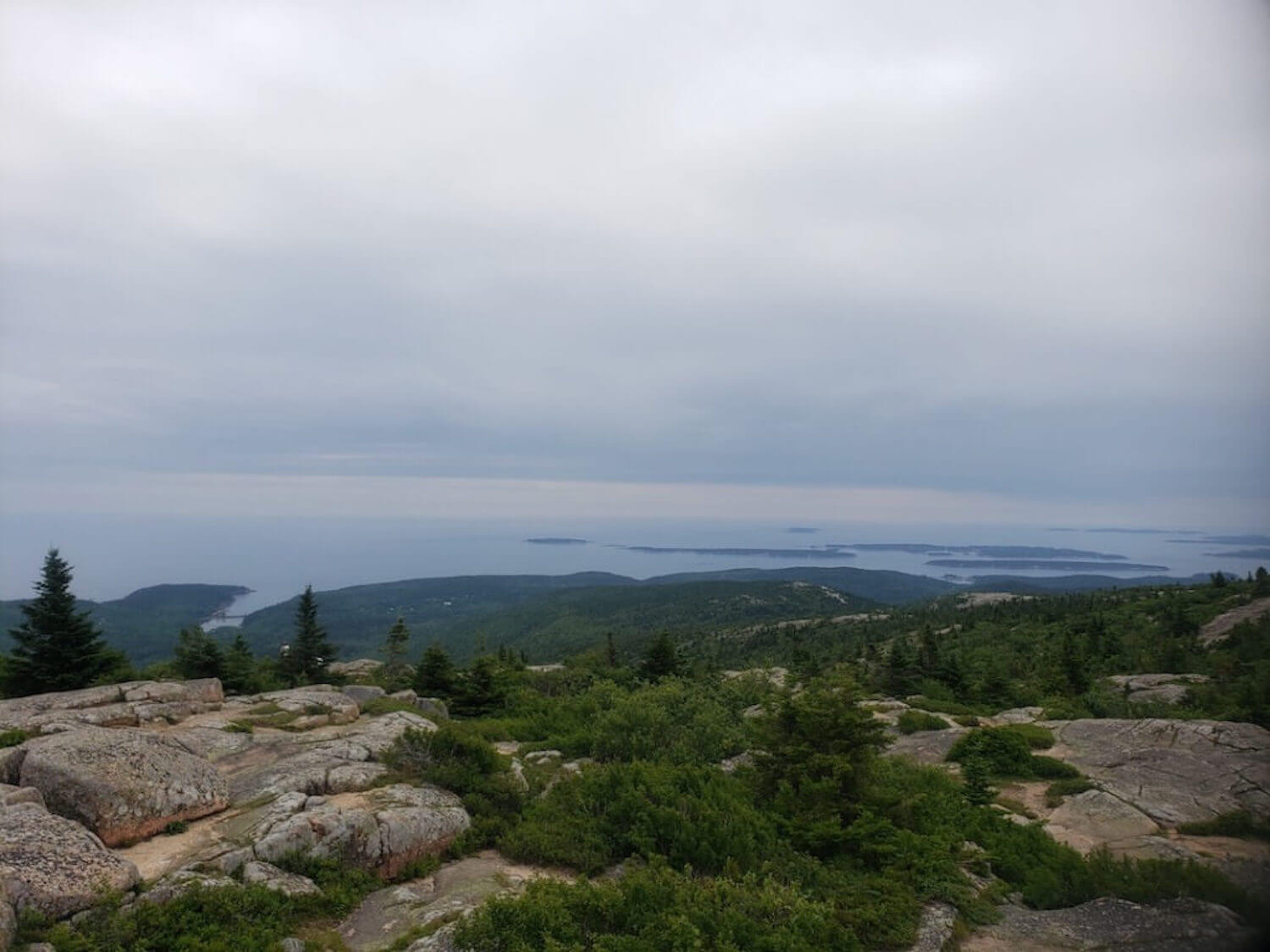
The View from Cadillac Mountain in Acadia National Park Photo by Tucker Ballister
As someone who worked as an outdoor adventure guide, you’d think this would be ingrained in my DNA at this point. You’d be surprised how many times I went to bed forgetting to check the weather.
It’s different when others are relying on you, versus traveling alone and being the only one that has to deal with the consequences. I found myself unprepared and soggy quite a few times.
Fortunately, most of them were nothing a hot shower and a few dry days couldn’t cure.
Then, there was West Virginia.
After a few days camping in New River Gorge National Park and Preserve, I headed into town and grabbed a spot at Rifrafters Campground. They had great Wi-Fi and a covered outdoor workspace, so I decided to park for a few days and set up my awning and screen room.
This gave me a clean, dry place to cook and avoid the bugs. It also provided some privacy from my fellow campers and a comfortable place to sit and read by lantern light in the evening.
The first two nights were calm and dry. There was a bit of morning dew each day, but nothing that signaled an impending storm. I grew up in the mountains where brewing storms can usually be seen from many miles off.
Here in the rolling hills of West Virginia, I was careless. I wrapped up a productive work week and rewarded myself with beers and a campfire. I caught up with a few friends before calling it a night and climbing into my tent.
In the black of night, I awoke to what sounded like golf-ball-sized water droplets striking the tarp over my tent. The winds were howling through the trees above, but I didn’t think twice about the awning.
In the first light of dawn, I found a collapsed awning with a broken arm. The screen room floor was soaked and retaining an inch or two of water. It was a mess, but I was the only one to blame.
Thus, I learned a valuable lesson the hard way. Don’t leave the ARB Awning and ARB Screen Room up overnight (especially if there is any chance of wind or rain). Or at least make sure it is angled to shed water properly!
Fortunately, I can report that replacement arms aren’t hard to come by for my ARB Awning. Within four days, I had driven to a family home, received the replacement arm in the mail, and fixed the awning in a quick 10 minutes.
As far as the screen room is concerned, I’m realizing as I write this that I packed it up wet and haven’t used it since. Uh oh, mold alert!
Lesson 8: Always Pack a Backup Pair of Hiking Socks
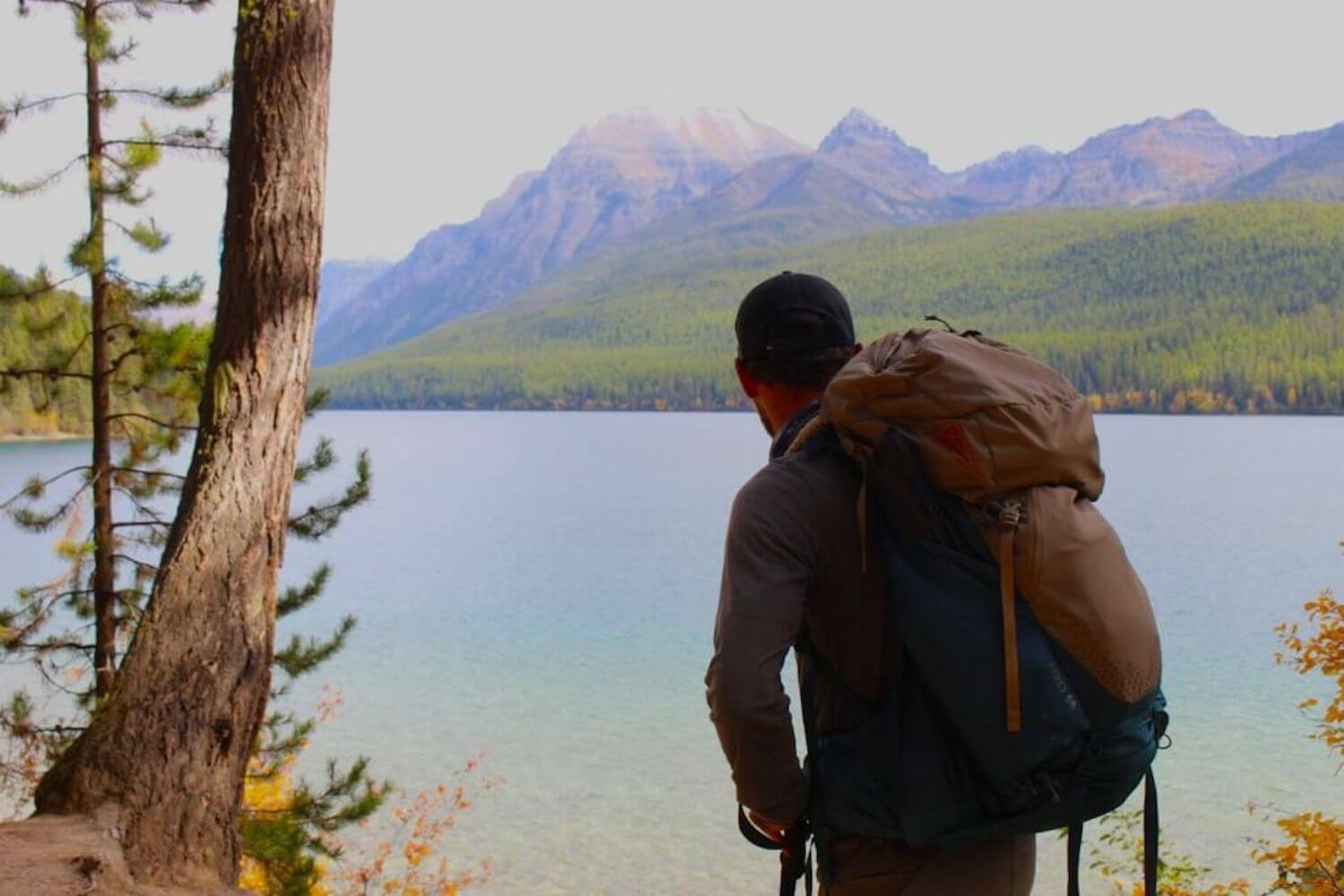
Bowman Lake in Glacier National Park Photo by Tucker Ballister
When I was hiking the John Muir Trail, I developed a mild case of trench foot in the first week.
That trip taught me the importance of dry socks, Gold Bond, and airing your feet out regularly, but I was reminded again on this adventure. Always pack a backup pair of hiking socks…even for a day hike.
When I visited Glacier National Park, I day hiked up to Snyder Lake from Sperry Trailhead. It was roughly 8.7 miles round trip, but I easily turned it into a 10-plus mile excursion.
I started early and found heaps of dew on the foliage lining the trail. Much of that foliage hung over the trail and within a few miles, my legs and shorts were soaked. So too, were my hiking boots and socks.
To make matters worse, I decided for an off-trail attempt to see Upper Snyder Lake. That required a rough rock scramble, which led to another lesson: solo off-trail shenanigans are not advisable.
Leading to the lake, an overgrown meadow continued to soak my lower half and, of course, I slipped and put one foot into a six-inch stream as I crossed.
All told, I wound up with sores on my left foot that left me limping the final mile back to the trailhead. An extra pair of socks wouldn’t have cured my stupidity, but they would’ve at least made my feet more comfortable.
Extra clean socks are a good idea for health, hygiene, and overall safety. They might just be a solo traveler’s best friend.
Lesson 9: Book a “Cleanup Weekend” Every Few Weeks
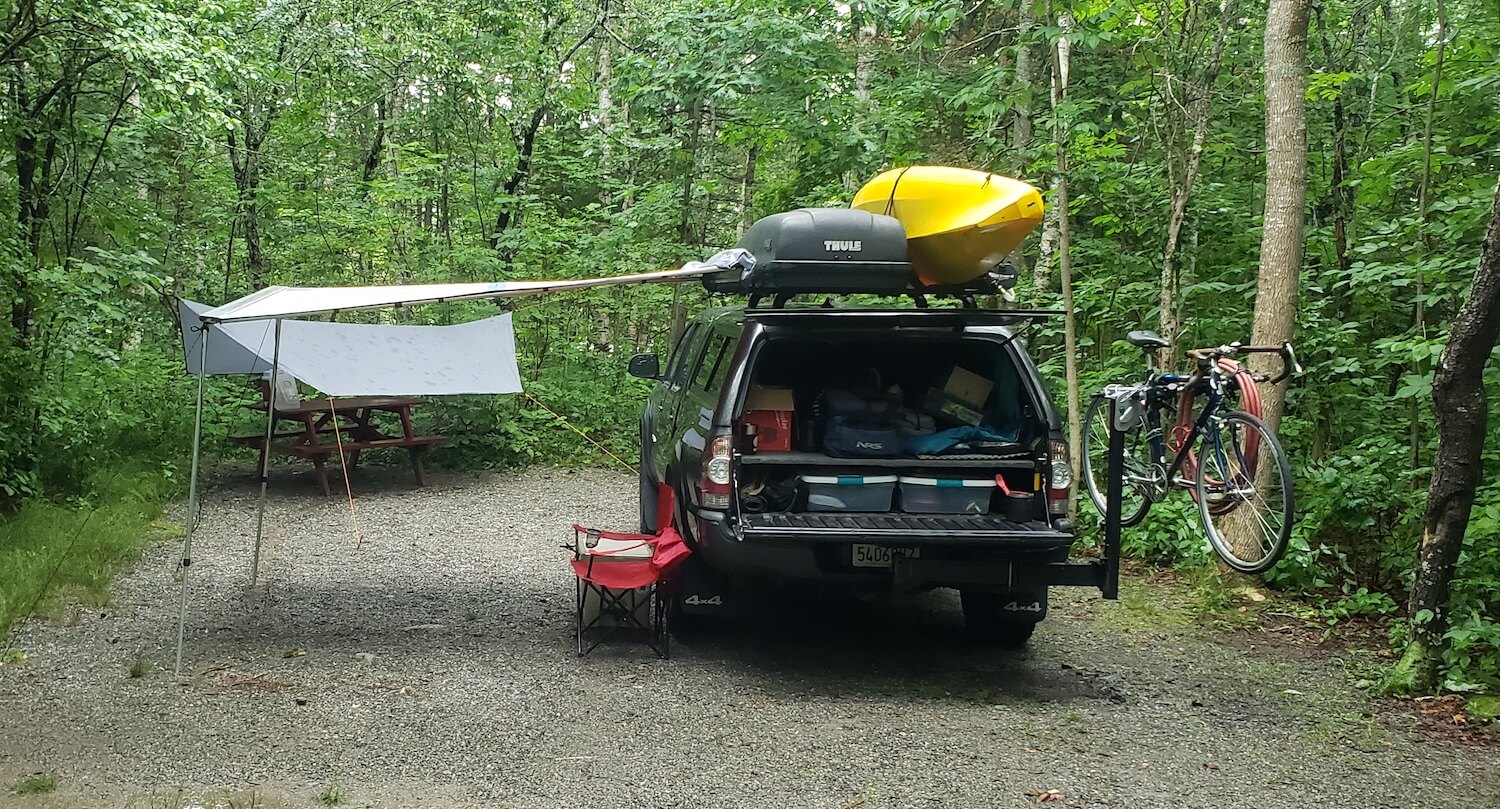
Cleaning Up at Hadley’s Point on Mount Desert Island Photo by Tucker Ballister
When you camp for a long weekend or even a week at a time, you can clean up when you get home. When you’re living on the road (in a truck camper or any RV type really), things can get dirty and stay dirty unless you’re mindful.
Booking a campsite for a minimum of two nights every few weeks is essential for cleaning, purging, and re-organizing.
To be honest, I enjoy cleaning and organizing. Plus, it almost always results in finding broken gear, neglected trash, or other odds and ends I can get rid of to create more space.
Clutter is the enemy of anyone living in a relatively small camper. In fact, I’d argue that it makes life more difficult regardless of where you’re living. Still, once I got into the rhythm of working during the week and exploring on the weekends, I found little time for cleaning and re-organizing.
Once again, slowing my roll was beneficial. When you’re living tiny on the road, tidy living is key. It might’ve taken me until my time in Tennessee and North Carolina to figure it out, but it came better late than never.
The main trick to doing this properly is to make sure you have dry weather (see lesson 7). You’ll probably end up pulling almost everything out to clean before re-organizing and re-packing. An unexpected rainstorm, while your belongings are scattered outside, really puts a wrench in your plans.
Lesson 10: Don’t Miss Opportunities to Be Helpful—You Never Know Where They Might Lead
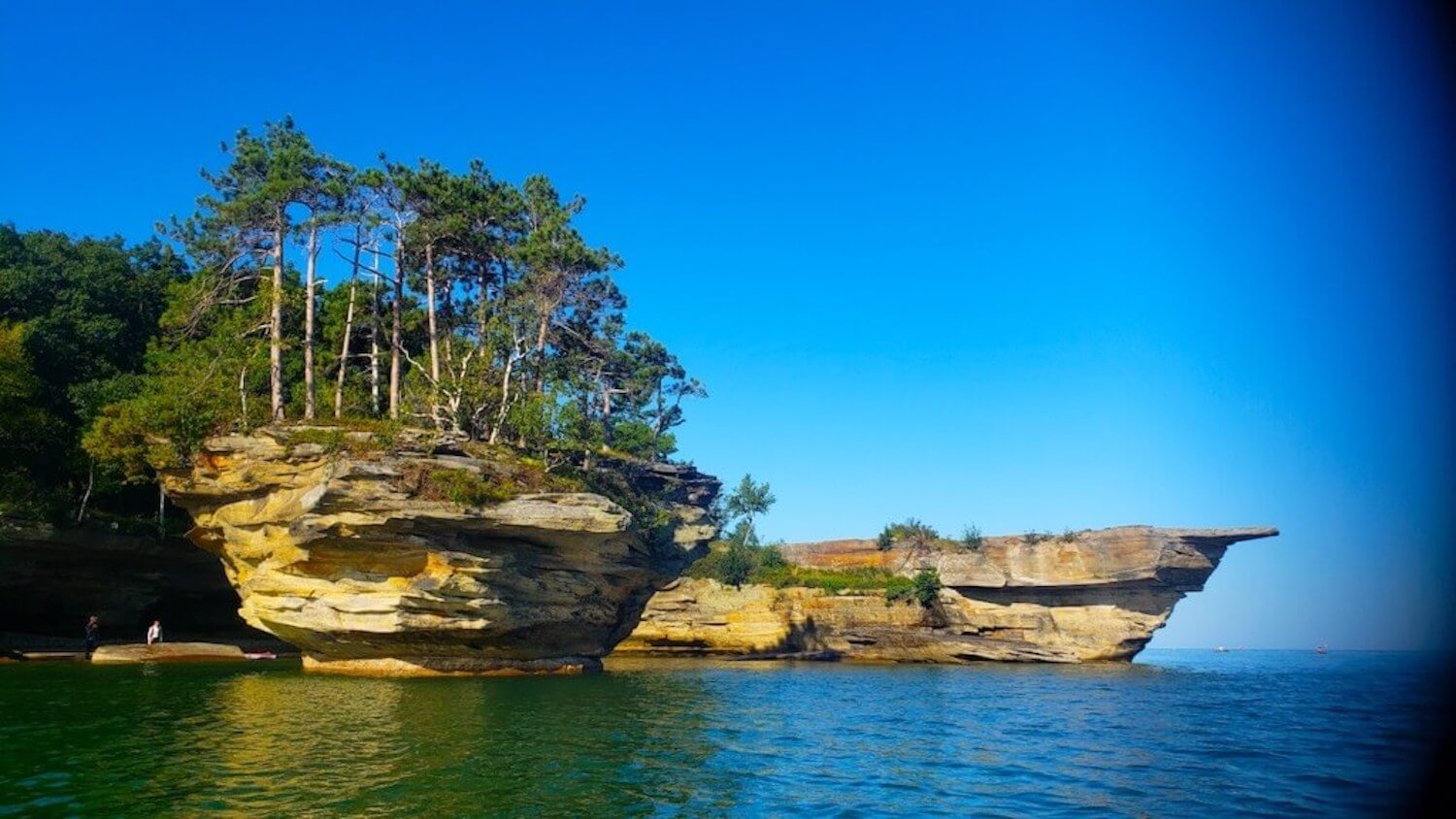
Turnip Rock in Michigan Photo by Tucker Ballister
Maybe it was re-listening to one of my favorite books, The Celestine Prophecy, at the start of the trip that opened my mind to this idea. The author suggests that everyone we meet may have a message to share if we are open to receiving it.
That’s good in theory, but it takes patience, acceptance, and an open mind to put it into practice. I met many road trip friends traveling alone for a year, but I’m particularly fond of one story above the rest.
I was at the tip of the thumb in Michigan (everyone in Michigan describes where things are in the state using the back of their hand, which I found quite useful). Setting out from Port Austin, I kayaked along the coast to Turnip Rock.
The paddle was shorter than expected, so I continued past the rock, along the coastline, and into a wide bay. The shoreline was lined with cliffs 15 or 20 feet high and homes stood no more than 20 feet from the cliff edge in places.
As I entered the bay, I heard a faint barking noise. At first, it sounded like it was coming from the top of the cliffs somewhere. As I paddled closer, I heard an echo that suggested otherwise, as this particular section of shoreline contained several caves extending back into the limestone.
The barking, I was now sure, was coming from one of these caves. I paddled closer and began to see a small, yellowish shape back in the dark. Slowly, a miniature golden doodle came into focus.
She was trying, fruitlessly, to scramble up the cave’s cliff walls. Shivering and shaking, she peered at me, uncertain. I reassured her as best I could.
With gentle coaxing, she climbed into my kayak and I read her tag. Miss Maizey seemed to live nearby, but calling both numbers on her tag proved unsuccessful at connecting to a human. There was a beach at the back of the bay with stairs leading up to what I soon learned was Pointe Aux Barques Township.
At that moment, a gentleman was slipping his kayak into the water to start a morning paddle. I hailed him just after he shoved off and explained my newfound companion’s predicament. With no hesitation, he steered his kayak about and we both pulled onto the beach to begin our search for Maizey’s family.
The search began as he volunteered his golf cart to scour the township. We met two ladies that had heard the news of the missing pup a few hours earlier. They steered us to the family’s house, but nobody seemed to be home after repeated knocks and ringings of the doorbell.
Over to the community dining hall we went, where breakfast was underway. I met the neighbors and, somewhat reluctantly, turned Maizey over with the promise of them getting her safely back to her family.
The gracious gentleman gave me a ride back to the beach, his golf cart battery nearing empty. I continued my paddle in the bay. On my way back, I intentionally paddled past the cliffside where I had found Maizey. Sure enough, there was the family in the backyard, playing with their returned companion.
I hailed them best I could from the distance. “I’m glad to see Maizey is back home,” I said. The woman turned and heard me, but she looked confused. I explained how I had found her, but I didn’t get the reaction I’d hoped for.
Somewhat disappointed for not being thanked, I turned and started the paddle back to Port Austin. Suddenly, over my shoulder, I heard, “THANK YOU TUCKER!!” I turned around to see a second woman standing there and waving excitedly.
Hurriedly, I made my way back to converse. Turns out, the first woman was the daughter. Her mother was extremely thankful and invited me to join them for dinner. I accepted despite not knowing where I was camping that night.
I was treated to a few delicious craft beers before enjoying a scrumptious Thai chicken dinner over a healthy bed of rice. To top it all off, I savored the first ice cream I’d had in months and then hopped in one of their golf carts for a tour of the community.
I learned some fascinating history, shared stories of my adventures, and received an invitation to return whenever I desired. I may or may not take them up on that invitation in the future, but I learned a valuable lesson:
Don’t waste opportunities to help others—you never know who you may meet and what you might learn.
I believe that humans, like planets, orbit in and out of our lives. We can never be sure when an old connection becomes refreshed and renewed once more.
A Final Word on Traveling Alone for 365 Days
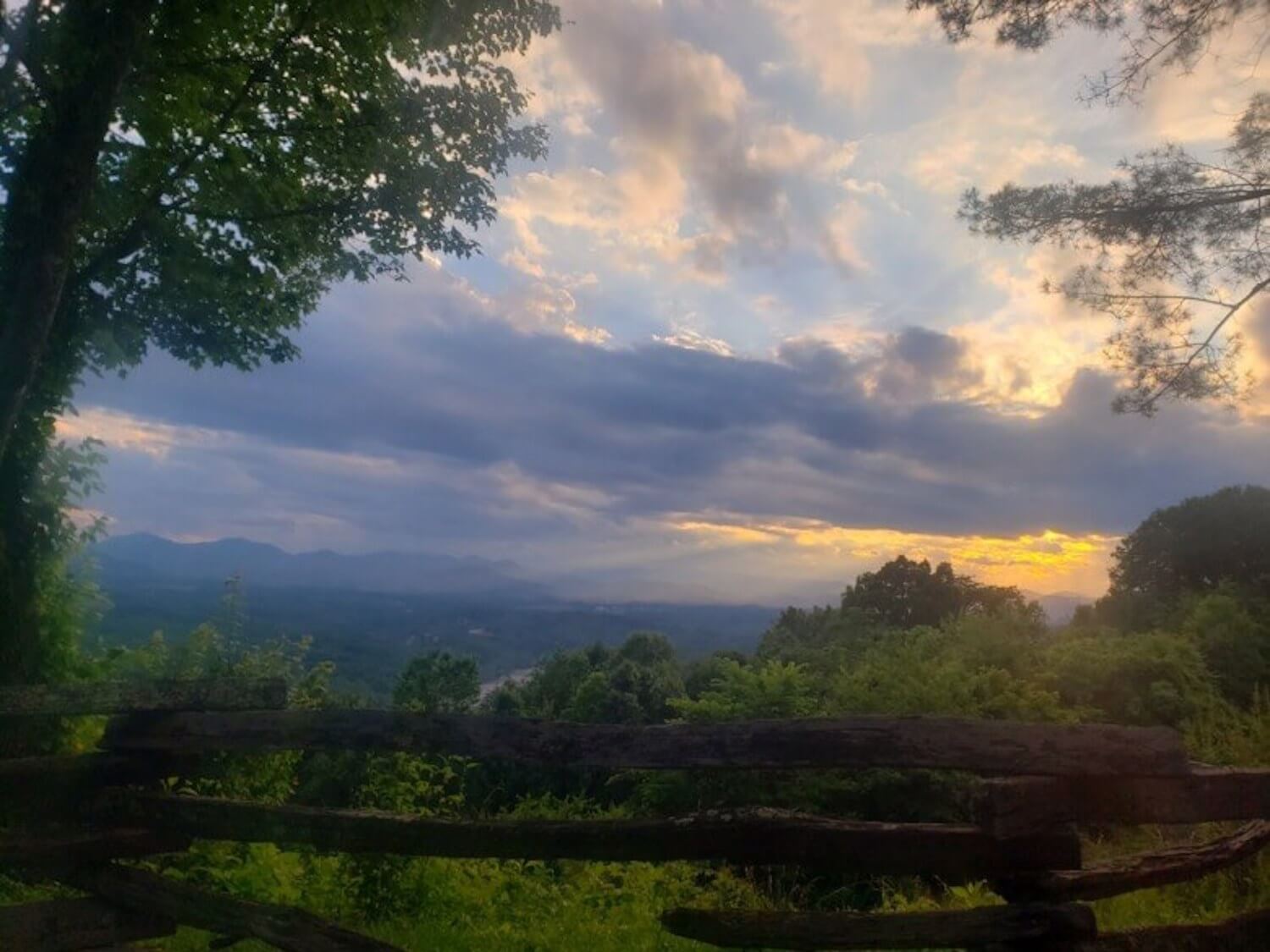
Sunset near Asheville, NC Photo by Tucker Ballister
This journey was much lonelier than I ever imagined. Leading up to it, I craved alone time and I anticipated that traveling alone would give me the freedom to go where I wanted and do what I wanted without external influence.
In the journey, I realized I’m more extroverted than I thought and community is vital. It can be hard to build community while you’re traveling alone, but it can be done with the right approach and attitude. In fact, traveling alone often offers up more opportunities to meet new people than traveling in groups. Locals will be more than happy to share recommendations and tips with a traveler in need.
For anyone thinking about hitting the open road, there’s so much out there to see in the US.
To quote one of my favorite books: “There is nothing like looking, if you want to find something…You certainly usually find something, if you look, but it is not always quite the something you were after.” – J.R.R. Tolkien
Regardless of how you take your journey, in a trailer, tent, or van, I’d wager you’re going to see a lot and learn at least a little no matter where you go.
Tucker Ballister is a Technical Content Writer for Camping World and a lover of the open road. You can check out more of his adventures and outdoor advice at thebackpackguide.com.

